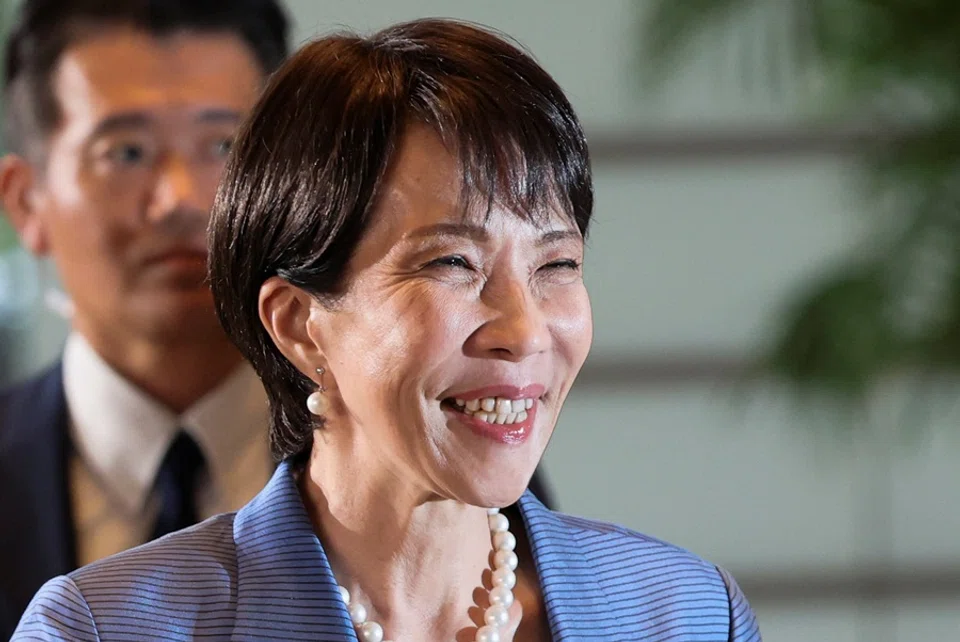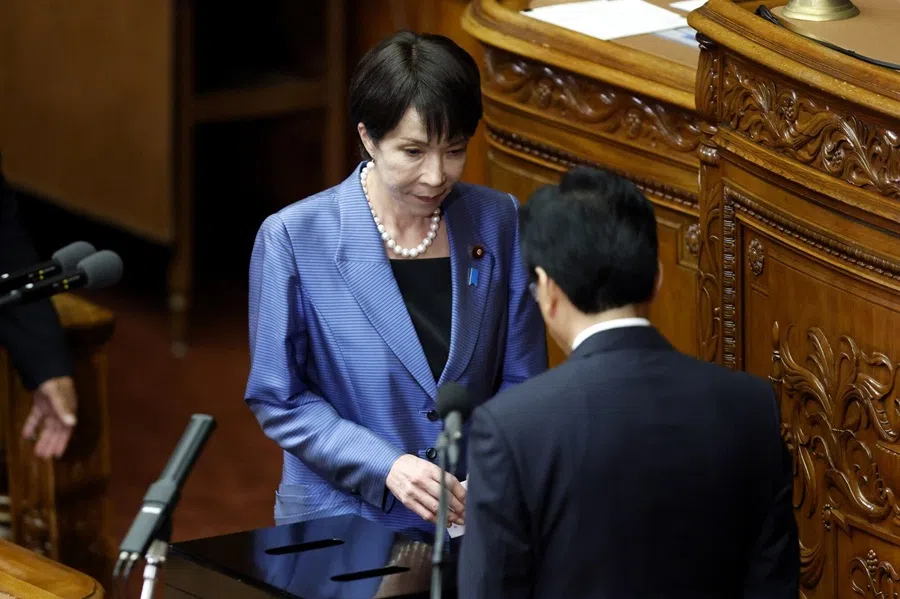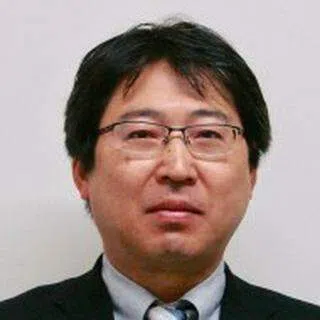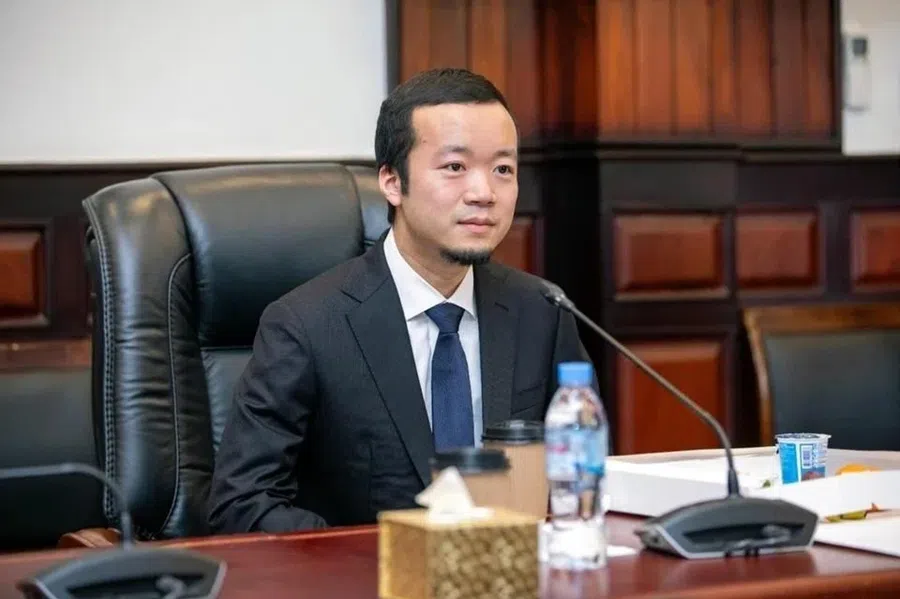Sanae Takaichi and the future of Japan’s security policy
Sanae Takaichi’s rise as Japan’s first female prime minister marks a historic moment — but not a sharp break. A loyal Abe protégé and firm US ally, Tokyo’s “Iron Lady” is set to preserve Japan’s security course while navigating new regional tensions, says Japanese academic Shin Kawashima.

Sanae Takaichi has been elected Japan’s first female prime minister after securing a parliamentary majority. Known as the country’s “Iron Lady” and a protégé of Shinzo Abe, she becomes Japan’s fourth leader in five years — on her third attempt at the post.
Yet her historic win is unlikely to bring swift shifts in security policy. Japan is expected to maintain its predecessor’s approach, preserving the Japan–US alliance while allowing room for modest policy adjustments.
With Japan already set to raise defence spending to 2% of GDP by 2027, attention now turns to her upcoming talks with President Trump, whose visit to Tokyo is expected to shape the next phase of Japan–US security cooperation.
Tokyo’s Iron Lady meets Trump
Takaichi is generally considered a conservative politician. There are two types of conservatives in Japan. One emphasises the Japan-US Security Treaty, while the other advocates maintaining distance from the US and independently defending Japan. Newly elected PM Takaichi clearly falls into the former camp.
She expressed her desire to strengthen the alliance on social media, stating, “I look forward to working with the President of the United States to make the alliance even stronger and more prosperous and advance a ‘Free and Open Indo-Pacific.’”

During her campaign, Takaichi emphasised strengthening Japan’s defence, citing the need to counter drone and electromagnetic attacks and improve conditions for Self-Defense Force personnel. She noted that defence spending “may exceed 3.5%” if necessary, underscoring a commitment to steady investment. With Japan already set to raise defence spending to 2% of GDP by 2027, attention now turns to her upcoming talks with President Trump, whose visit to Tokyo is expected to shape the next phase of Japan–US security cooperation.
Treading carefully
What are Takaichi’s thoughts on frameworks such as the Japan–US–South Korea partnership and the Quad? She is widely known for emphasising Taiwan and taking a tough stance toward China. However, during the LDP presidential election, Takaichi did not explicitly comment on visiting Yasukuni Shrine and refrained from making any related remarks.
On Taiwan, despite her personal convictions, her room for manoeuvring as prime minister will be limited.
While highlighting security concerns in relations with China, she stated that she would “continue to engage in frank dialogue”. During the previous presidential election, in which she lost to Prime Minister Ishiba, Takaichi openly discussed visiting the shrine — a move said to have contributed to her defeat. This time, however, she has made a complete turnaround and has avoided the issue. Even after her victory, she announced that she would not visit the shrine during the annual festival in September.
While this may partly reflect consideration for China, her primary concern is likely South Korea. Numerous diplomatic events are scheduled for the end of the year, including Japan–US and Japan–South Korea summits. These factors likely influenced her decision to refrain from visiting the shrine.

What is Takaichi’s security policy for the Indo-Pacific? While her specific approaches to Australia and India remain unclear, she has pledged to promote a “Free and Open Indo-Pacific”, signaling continuity with Shinzo Abe’s strategy. In line with this, Japan has already approved the export of decommissioned destroyers to partners such as the Philippines — a policy Takaichi is expected to maintain and possibly expand.
Major changes to Taiwan policy improbable
The Takaichi administration is expected to take a conciliatory approach. Lacking a strong factional base within the LDP — now a minority in both houses of the Diet following Komeito’s withdrawal from the coalition — she will need to build consensus across multiple parties and accommodate a wide range of views.
This political reality will make it difficult for Takaichi to fully pursue her ideals. In practice, her government is likely to continue the security policies of previous administrations. On Taiwan, despite her personal convictions, her room for manoeuvring as prime minister will be limited. Recent coast guard cooperation between Japan and Taiwan will likely continue, but major changes to Japan’s Taiwan policy are improbable.





